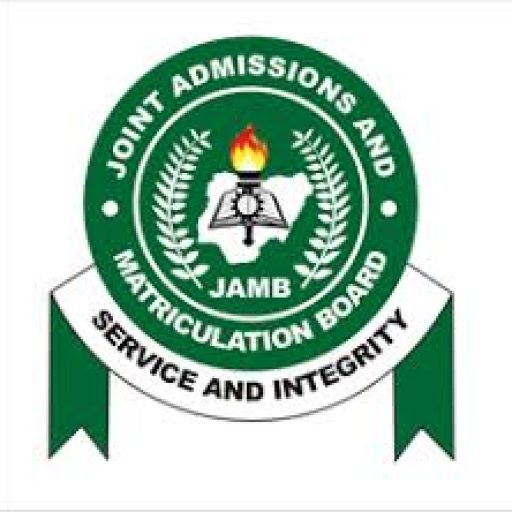WAEC Chemistry practical Questions and Answers 2023 (100% Sure) Theory Solution
Get free Verified WAEC Practical Chemistry Questions and Answers 2023. WAEC May/June Free Chemistry practical EXPO answers. West African Examinations Council Practical Chemistry Theory Answers for you to have good WAEC result. You will also understand how WAEC Practical Chemistry questions are set and how to answer them. The West African Examinations Council is an examination board saddled with the responsibility of setting, testing and conducting WASSCE in all west African country.
Click Here To See WAEC Practical Chemistry Question Paper For Today
How To Join The Vip Mid-Night Practical Chemistry Answers Group
Practical Chemistry SUBSCRIPTION is #600 Chat me up on WhatsApp 08095156374
===========================================
*******Payment For All art Subject : N4500***** [including practical] ******Payment For All Science Subject: N5500***** [including practical] ===========================================
******Payment For All Subject: N9000***** [including Science, art and Commercial] ===========================================
Practical Chemistry SUBSCRIPTION is #600
Click Here To See WAEC Practical Chemistry Question Paper For Today
Click Here To Join Our 2023 WAEC & NECO Expo WHASAPP Group
Please Note that the WAEC 2023 Practical Chemistry Questions and Answers and any other WAEC expo is provided by us for free. We understand that a lot of website charge of collect money from student to provide WAEC expo Practical Chemistry Answers to them. WAEC questions and answers are provided for free. We will do same during Other Exam like WAEC GCE.
WAEC 2023 Practical Chemistry Questions will be posted in this page. Our Team are right now with the question paper. It is under verification and once the verification process complete, we will go ahead to upload it here.
Be at alert! Keep refreshing this page for WAEC Practical Chemistry Theory Questions and Answers
2023 Practical Chemistry Essay Questions Loading 93.8%
Also Read: How To Check Your JAMB Result
WAEC Practical Chemistry Questions and Answers 2023 Loading
PRACTICAL CHEMISTRY
[5/18, 9:49 AM] Donprosper: *Chemistry Answers*
*Number 3a*
(i) If a few drops of NaOH solution are added to 2 cm^3 of a solution of Pb(NO3)2, a white precipitate of lead(II) hydroxide [Pb(OH)2] is formed. The balanced equation for the reaction is as follows:
Pb(NO3)2 + 2NaOH → Pb(OH)2 + 2NaNO3
(ii) If a few drops of NaOH solution are added to 2 cm^3 of a solution of Fe2(SO4)2, a green precipitate of iron(II) hydroxide [Fe(OH)2] is formed. However, on exposure to air, the Fe(OH)2 precipitate can be oxidized by atmospheric oxygen to form a reddish-brown precipitate of iron(III) hydroxide [Fe(OH)3]. The balanced equations for the reaction and the subsequent oxidation are as follows:
Fe2(SO4)2 + 4NaOH → 2Fe(OH)2↓ + Na2SO4
4Fe(OH)2 + O2 + 2H2O → 4Fe(OH)3
Therefore, the initial greenish precipitate of Fe(OH)2 will turn reddish-brown in color due to the oxidation to Fe(OH)3.
[5/18, 10:35 AM] Donprosper: CHEMISTRY SOLUTION
*2A.)*
a) Test for organic compound C:
(i) Litmus paper test:
Observation: The litmus paper remains unchanged.
Conclusion: No significant change in the litmus paper indicates that compound C is likely neutral or non-acidic.
(ii) Fehling’s test:
Observation: No significant reaction or color change occurs upon heating.
Conclusion: The lack of reaction with Fehling’s solution indicates that compound C does not contain a reducing sugar. It suggests that compound C is not a carbohydrate or does not possess aldehyde or ketone functional groups.
(b) Test for inorganic compound D:
Since compound D is an inorganic compound, it may not exhibit the same reactions as organic compounds. Therefore, the tests mentioned in part (a) may not be suitable for compound D. To identify and characterize compound D, different tests specific to inorganic compounds should be conducted based on its known or suspected properties.
==========================
*2B.*
(b) Test for inorganic compound D:
(i) Heating and cooling:
Observation: Upon heating, compound D may undergo a physical change (e.g., melting, sublimation, decomposition) or remain unchanged. After cooling, the appearance and properties of compound D are observed.
Conclusion: The observation after heating and cooling can provide information about the thermal stability, volatility, and physical properties of compound D.
(ii) Addition of dilute HCl and heating:
Observation: If a reaction occurs, such as effervescence (gas evolution) or formation of a precipitate, it indicates a chemical reaction between compound D and HCl.
Conclusion: The reaction with HCl can provide information about the acidic or basic nature of compound D, as well as the possibility of it being a carbonate or bicarbonate.
(iii) Addition of NaOH(aq):
Observation: If a reaction occurs, such as the formation of a precipitate or change in color, it indicates a chemical reaction between compound D and NaOH.
Conclusion: The reaction with NaOH can provide information about the acidic or basic nature of compound D and help identify the presence of certain metal ions or hydroxide compounds.
(iv) Addition of aqueous NH3:
Observation: If a reaction occurs, such as the formation of a precipitate or change in color, it indicates a chemical reaction between compound D and aqueous NH3 (ammonia solution).
Conclusion: The reaction with NH3 can provide information about the acidic or basic nature of compound D and help identify the presence of certain metal ions or complexes.
*COMPLETED*
✅✅

Leave a Reply